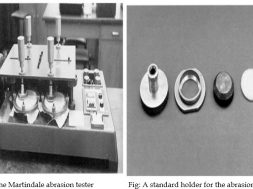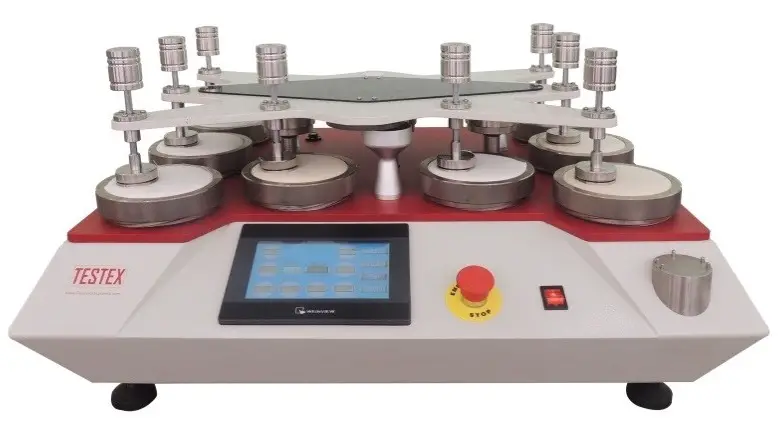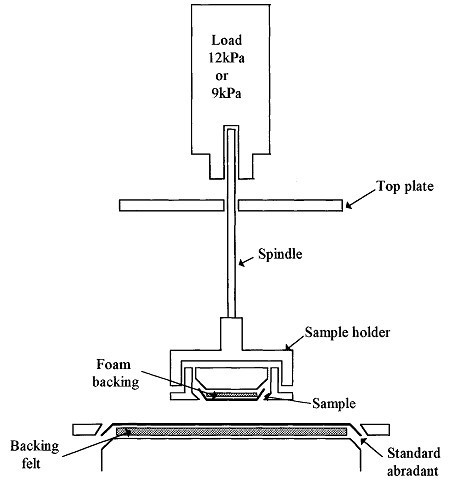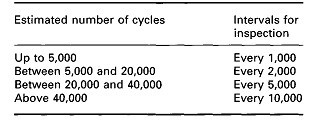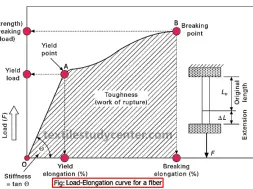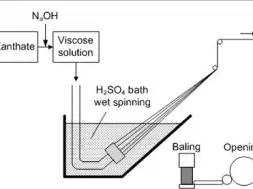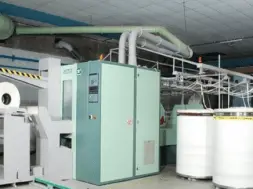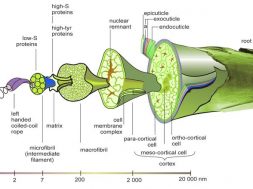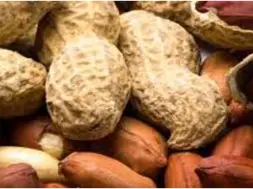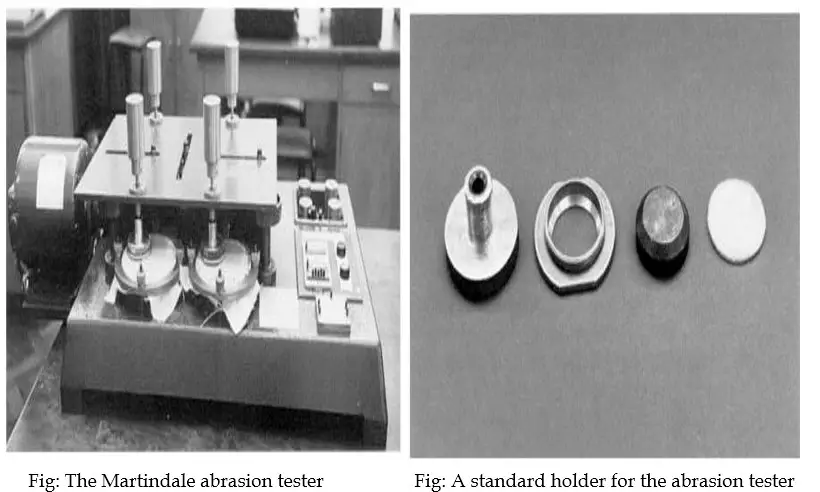
Abrasion and Abrasion Resistance Test
Abrasion and Abrasion Resistance Test
Abrasion:
Abrasion is one aspect of wear and is the rubbing away of the component fibers and yarns of the fabric.
Abrasion may be classified as follows-
- Plane or flat abrasion-A flat area of material is abraded.
- Edge abrasion-This kind of abrasion occurs at collars and folds.
- Flex abrasion-In this case, rubbing is accompanied by flexing and bending.
Abrasion Resistance:
The resistance power against damage due to abrasion of a fabric known as abrasion resistance.
Factors affecting abrasion resistance:
- Fibre type:
Nylon is generally considered to have the best abrasion resistance. Polyester and polypropylene also have good abrasion resistance. Blending either nylon or polyester with wool and cotton is found to increase their abrasion resistance. Viscose and acetates have the lowest abrasion resistance.
- Fibre properties:
A fabric made up with longer fibres gives better abrasion resistance than short fibres because they are harder to remove from the yarn. For the same reason filament yarns are more abrasion resistant than staple yarns made from the same fibre. Increasing fibre diameter up to a limit improves abrasion resistance.
- Yarn twist:
An optimum amount of twist in a yarn gives the best abrasion resistance. At low-twist factors, fibres can easily be removed from the yarn so that it is gradually reduced in diameter. At high twist levels, the fibres are held more tightly but the yarn is stiffer so it is hard abrade under pressure
- Fabric structure:
Fabrics with the crimp evenly distributed between warp and weft give the best wear because the damage is spread evenly between them.
Martindale Abrasion Tester:
Description of the machine:
- This apparatus gives a controlled amount of abrasion between fabric surfaces.
- Abrasion is given at comparatively low pressures in continuously changing directions.
- In this test, circular specimens are abraded under known pressure.
- This abrasion is given by a motion that is the resultant of two simple harmonic motions at right angles to one another.
- The fabric is abraded against a standard fabric called abradant.
- Abrasion resistance is estimated by visual appearance or by loss in mass of the specimen.
Fig: One station of Schematic diagram of a Martindale abrasion tester
Method:
- Four specimens, each of 38mm in diameter are cut by using the appropriate cutter.
- Then they are mounted in the specimen holders with a circle of standard foam backing behind the fabric. The specimens must be placed flat against the mounting block.
- The test specimen holders with the specimens are placed on the abradant.
- A spindle is inserted through the top plate and the correct weight (usually of a size to give a pressure of 12kPa but a lower pressure of 9kPa may be used if specified) is placed on top of this.
- The standard abradant should be replaced at the start of each test and also replaced after each 50,000 cycles if the test is continued beyond this number.
- While the abradant is replaced it is held flat by a weight and the retaining ring is tightened.
- Behind the abradant, there is a standard backing felt which is replaced at longer intervals.
- After appropriate clamping of specimen on the holders, required numbers of cycles of abrasion is applied.
Assessment of abrasion damage:
Several methods are used to judge the amount of damage. Some are mentioned below:
- The difference in appearance between an abraded and unabraded specimen.
- The number of cycles required to produce a hole, broken threads or broken strip.
- Loss in weight often plotted against the number of cycle. Change in thickness e.g. loss of pile height.
- Loss in strength,g. tensile, bursting or tearing strength, expressed in percentage of unabraded strength.
- Change in some other properties like lustre, air permeability etc.
- Microscopic examination of damage of yarns and fibres.
The specimen is examined at suitable intervals without removing it from its holder. In the Table, the time intervals between examinations are shown.
All four specimens should be judged individually. The individual values of cycles to breakdown of all four specimens are reported and also the average of these.
Inspection intervals for Martindale abrasion test:
Points to be consider before abrasion testing / Factors affecting abrasion tests:
- Condition of specimen: The fabric should be conditioned and tested in a standard testing atmosphere.
- Choice of testing instrument: The choice of testing instrument may be dependent upon the character of the testing desired, e .g-flat abrasion, flexing abrasion, etc.
- Choice of abrasive motion: The rubbing movement may be reciprocating, rotary or multidirectional.
- Direction of abrasion: The direction of abrasion can be at angles to the warp and weft directions.
- Choice of abradant: The severity of the abrasion will vary with the nature of abradant. For example: steel and silicon carbide give constant abrasive qualities. A standard worsted or canvas fabric, emery cloth of various grade are also used as abradant.
- Backing the specimen: The hardness of the backing of the specimen may affect the results. In some testes a hard backing is used, in others a felt or foam rubber.
- Cleanliness of the specimen and instrument: The region to be abraded should be handled as little as possible and be free from foreign matter such as graphite of pencils. The accessories of the instrument which may rub the fabric must be spotlessly clean and free from grease.
- Tension on the specimen: Standard method of mounting the specimen should be used to avoid errors due to variation in the tension used.
- The pressure between abradant and specimen: The severity of the abrasion will be affected by the pressure applied. So suitable standard must be set up.
- The end point of the test: The test should be frequently stopped as soon as the hole appeases or the specimen breaks by automatic stop motion.
(7385)
